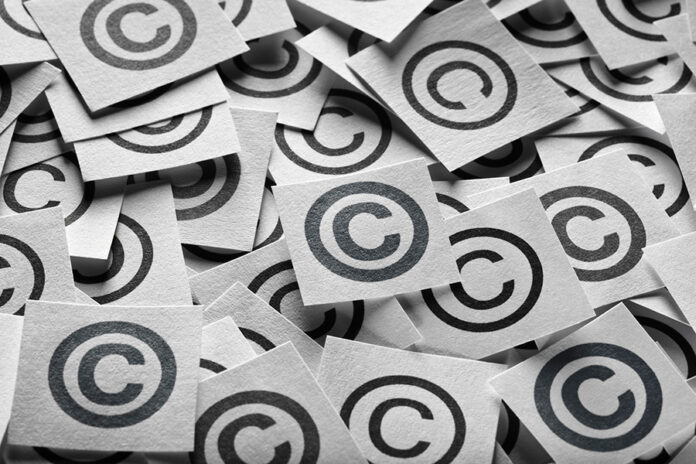On 17 October 2020, the Standing Committee of the National People’s Congress passed an amendment to the Patent Law, which includes an outline provision on a patent linkage system. The amendment leaves it to the China Intellectual Property Administration (CNIPA) and the National Medical Products Administration (NMPA) to sort out the implementation details.
On 15 September 2020, the CNIPA and NMPA jointly issued the draft Implementing Measures for the Early Resolution Mechanism Drug Patent Disputes (for Trial Implementation) for public comments until 25 October 2020. Earlier, on 19 March 2020, the Supreme People’s Court (SPC) released its 2020 judicial interpretation formulation plan, notably proposing the enactment of rules addressing patent linkage dispute cases by the end of 2020.
In more detail
The above-mentioned developments are China’s latest responses to the Phase One China US Economic and Trade Agreement executed in January 2020, which required an effective mechanism for the early resolution of patent disputes in the pharmaceutical area.
This article reviews the development of the patent linkage proposal over the past few years in China, and discusses some key issues that are addressed in the Patent Law Amendment, SPC interpretation, and proposed implementation rules from the CNIPA and NMPA.
The background
The concept of a patent linkage system was introduced in May 2017, under a draft order circulated by the then China Food and Drug Administration (now the NMPA) as a part of drug reform initiatives. The proposed mechanism includes: (1) the notification by a generic drug applicant to the patentee of its filing for market approval, and declaration to challenge the relevant drug patents; (2) a 20-day period for the patentee to initiate a patent infringement lawsuit against the generic applicant; and (3) a waiting period of up to 24 months before the generic application can be approved.
The exploration of a patent linkage system was later reiterated in two State Council landmark policy documents released in October 2017 and November 2019. These documents state that the system aims to effectively balance the interests of drug innovators, generic manufacturers and the public by protecting innovators’ patents, while encouraging the timely market entry of generic drugs.
Key elements to expect
China Orange Book
The availability of patent information forms a basis for a generic drug applicant to make a declaration. The first version of the Index of Drugs Approved for Marketing in China (China orange book), published on 28 December 2017, includes 131 drugs consisting of branded drugs and the generics that have passed the quality and efficacy equivalence review (this number continues to grow).
The China orange book contains basic drug information and relevant patent information, including patent number, patent type and expiration date. However, the China orange book is still a work in progress. The above-mentioned draft implementing measures provide that the types of patents available for registration in the China orange book include: (1) for chemical drugs – compound patents for active pharmaceutical ingredients, formulation patents and use patents; (2) for biologics – sequence structure patents; and (3) for traditional Chinese medicines – composition patents, patents for herb extracts and use patents.
Other types of patents aside from those mentioned above, and patents not registered in the China orange book, cannot enjoy the benefits of patent linkage. The authors believe that, for biologics, the scope of patents eligible for patent linkage protection should be expanded – formulation patents and use patents should also be listed in the China orange book.
In order for the China orange book to serve as an effective basis for patent declaration, the draft implementing measures confirm that market authorisation holders for innovative drugs are responsible for registering and updating the relevant patent information, and are responsible for its authenticity, accuracy and completeness.
You must be a
subscribersubscribersubscribersubscriber
to read this content, please
subscribesubscribesubscribesubscribe
today.
For group subscribers, please click here to access.
Interested in group subscription? Please contact us.





























